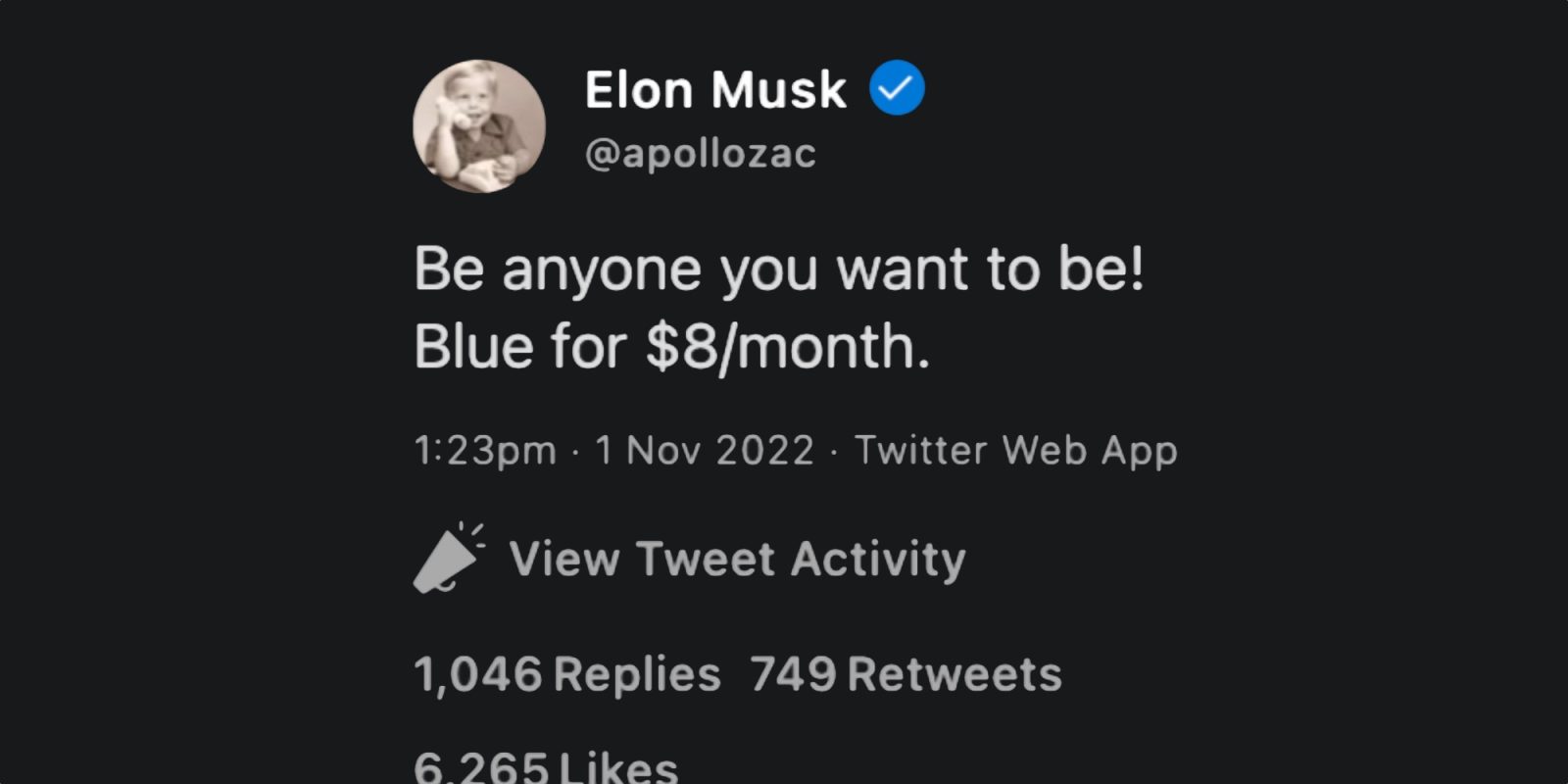
Twitter has been good to me. It’s a direct line to readers, a shared workspace for writers and creators, an audience that gets my snark – it’s also part of my professional origin story. But the bird is hurting, and that hurts to see. I can explain.
TL;DR I like this place. Can we please not break it?
How it started
My 9to5Mac origin story starts with Twitter. Mark Gurman plucked me out of a niche Twitter community of anonymous Apple Store employees, Seth Weintraub gave me a copy editing job, and the rest is history. Both that and the relationship I have with 9to5Mac readers on Twitter gives me a deep appreciation for the service.
It’s more than just a funny set of circumstances, too. When Mark and I formed a friendship over Twitter in 2013, there were a lot of changes happening in my life. My “Granny” who raised me was dying from a late stage four cancer diagnosis, and I stopped working to serve as her caregiver.
Making Mark laugh with tweets that parodied Apple and tech journalism helped take the weight off of an especially heavy season in my life. One thing (my Twitter account) led to another (a satirical Apple blog) before Seth Weintraub offered me a job copyediting for 9to5Mac.
The 9to5Mac gig and forming new friendships with people across the country served as a huge source of consistency for me after my grandmother passed. We were semi-professional in Hipchat, but our personalities poured out through Twitter.
The number of new colleagues and friends has changed over the years, but I think Twitter being a place where we share more of ourselves is still true. Or could be. TBD.
How it’s going
Twitter is also a key publishing tool for newsgathering and story sharing. That feels understated. I think that’s also why Twitter feels like it should be more valuable than it has been on paper. That’s largely Twitter’s fault.
I joined Twitter as a student in February 2009 and started using it professionally in April 2013. Twitter paid $40 million for TweetDeck in the middle of that change, the power user tool that’s especially useful for journalists.
The tool is currently going through a questionably beneficial overhaul, but Twitter has never charged for access. Until recently, there really hasn’t been a way for journalists and power users to pay for the service. That’s probably been a mistake.
So is selling Twitter verification as a subscription.
Verification was introduced in 2009 in part because (I’m not kidding) Kanye West was criticizing Twitter for allowing impersonators. The verification badge on profiles helps signal that an account is operated by the person or company that it claims to be. There are absolutely instances of the verification function failing incredibly, but it generally works as intended.
Repurposing the verification system as a means for subscription revenue replaces the intended function of confirming identity with confirming that the user has $8 – or however much it costs. Ignore the cost aspect for a moment and consider the mechanics as if it were free.
Top comment by FOHEng
You’re treating this as a black & white issue. You pay $8 and you’re verified.
It could be something like you pay $8 a month to be verified, but still need to provide proof of identity (like drivers license and social security number). This prevents people from just creating an account with a fake ID or stolen card number.
I can think of lots of use cases where being verified would be a benefit to a small business or professional. Musk just needs to make sure they actually VERIFY people. Which I think would be too time consuming for them to do properly.
What value would verification have if the only barrier was requesting a badge with no process for verifying the identity? Applying a payment method as the barrier to preventing spam has merit.
That’s partly why alternatives to Twitter often have low fees like $1/month for access. It creates a paper trail to some degree between the account and the user. It adds some complexity to account creation that may reduce platform abuse.
But it doesn’t eliminate misuse or spam – the price for influence spans $1 to $44 billion. Selling verification is a net negative regardless of any associated revenue it drives. It simply creates an unenforceable system for claiming who you are without authenticity. When verification loses its meaning, the system might as well not exist.
Collect revenue from services like power user tools and features that benefit your most engaged users. Verification as a service is just selling their identities for no one’s benefit.
FTC: We use income earning auto affiliate links. More.


Comments